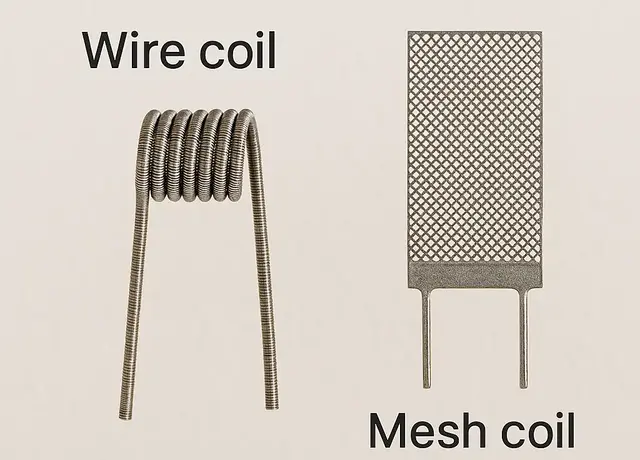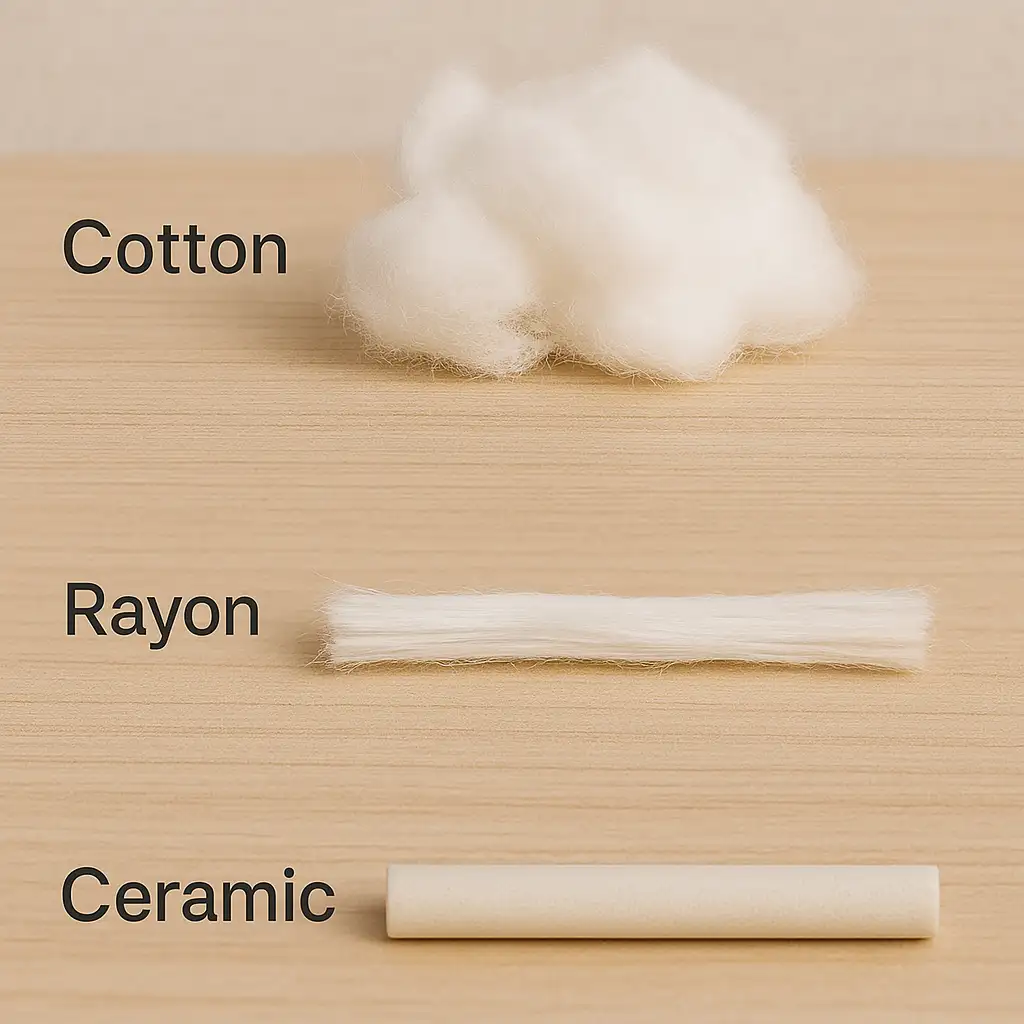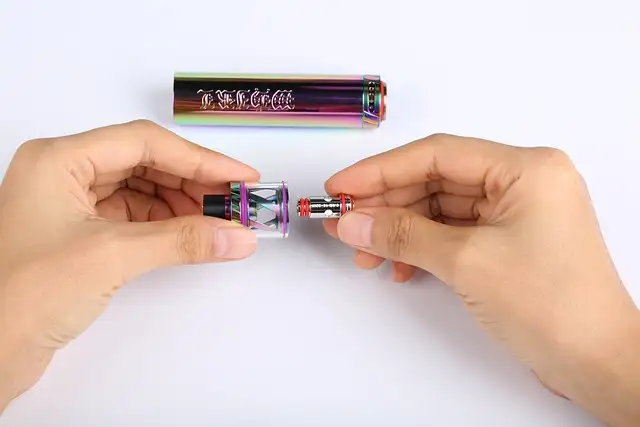Diacetyl and “Popcorn Lung”: Overblown Media Hype
Introduction:
In recent months, the term “Popcorn Lung” has frequently appeared in media discussions, particularly concerning the flavoring used in e-liquids for e-cigarettes. Numerous news sources, including some mainstream outlets, have claimed that e-liquids containing diacetyl could lead to a respiratory disease known as bronchiolitis obliterans, commonly referred to as “popcorn lung.” This disease was first identified in workers at a popcorn manufacturing factory, hence the name.
Understanding Diacetyl:
Diacetyl is a naturally occurring organic compound produced as a byproduct of yeast during fermentation. It imparts a buttery flavor to various consumables and is most famously associated with the buttery taste of microwave popcorn.
Setting the Facts Straight:
While it is not my intention to claim with absolute scientific certainty that inhaling diacetyl poses no danger, nor to assert that vaping e-liquids containing diacetyl is entirely harmless, it is crucial to present the facts clearly:
-
Diacetyl in Consumer Products:
- Diacetyl is widely used in the food industry to enhance flavors, especially in products like popcorn, dairy, and baked goods.
-
Inhalation vs. Ingestion:
- The controversy arises primarily from the method of exposure. While diacetyl is considered safe for consumption, concerns about inhalation have sparked debates and media coverage.
-
Popcorn Lung Context:
- The term “popcorn lung” originates from cases in a popcorn factory where workers were exposed to extremely high levels of diacetyl over prolonged periods. These conditions are vastly different from typical vaping scenarios.
-
Regulation and Safety:
- Many reputable e-liquid manufacturers either avoid using diacetyl or use it in very low concentrations, adhering to safety guidelines to mitigate any potential risks.
-
Scientific Evidence:
- Current scientific evidence linking vaping e-liquids with diacetyl to “popcorn lung” is not definitive. Most studies emphasize the need for more research rather than making conclusive claims.
In summary, while it is wise to remain cautious and informed about the ingredients in e-liquids, the media portrayal of diacetyl causing “popcorn lung” can be considered overblown. The conditions under which diacetyl has been shown to cause harm are not representative of typical vaping practices. It is essential to rely on factual information and scientific evidence when evaluating the potential risks associated with vaping.









